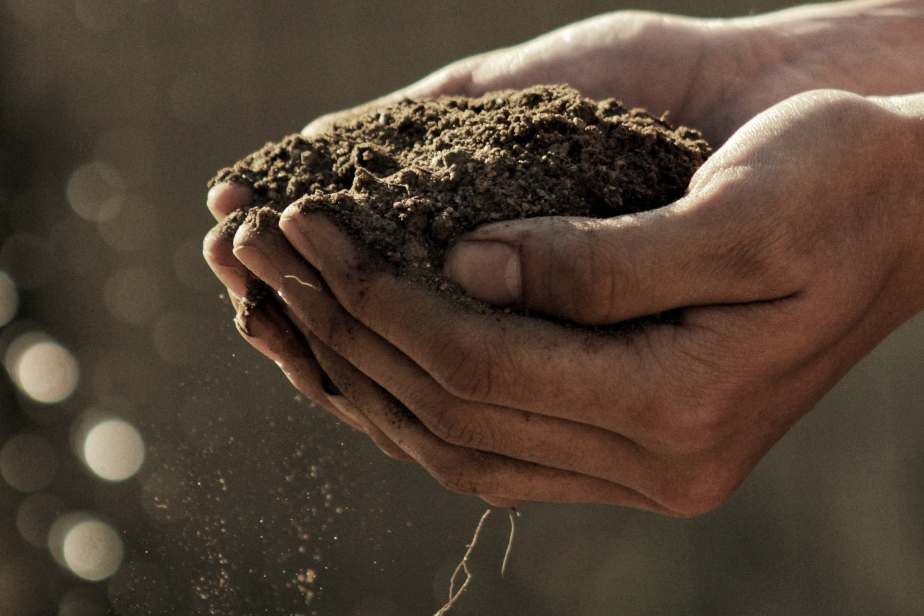Work to understand the characteristics of Taranaki’s soil will get underway next month with a detailed survey.

Soil Mapping Taranaki
Over the next three years (2022-2025), the national soil survey, S-Map, is headed to Taranaki and will focus on the Waingongoro and Waitara lowlands, the southern and south-western ring plain and Waitara hill country.
“Soil mapping gives farmers data to make informed land management decisions that optimise their agricultural practices,” says Don Shearman, Taranaki Regional Council Land Services Manager who is working with Manaaki Whenua – Landcare Research on the project to map the region’s soil characteristics.
Soil surveyors from Landcare Research will travel the Taranaki countryside taking samples to develop a soil map of the area, says Mr Shearman.
“The work will involve on-farm sampling, which will move through the five Taranaki study areas over the next three years.
“Land Management Officers from the Council will contact selected landholders to discuss the benefits of having samples taken on their farms and the potential sampling dates.
“Survey work is free, generally takes about one day and is minimally invasive. Soils are tested using a 5cm diameter auger or small shovel pit, both of which are backfilled.”
S-Map is a digital soil map that displays basic soil data like depth, stoniness and clay content, as well as more complex data such as estimated water holding capacity, nitrogen leaching risk, soil carbon, pH and phosphorus retention.
“This information could help farmers increase productivity and reduce inputs, as well as provide long-term gains through soil conservation,” says Mr Shearman.
Landcare Research is working alongside regional councils, farmers, the Ministry for Primary Industries, and agri-sector groups to soil map large parts of New Zealand.
Andrew Manderson, Science Team Leader for Landcare Research explains that S-Map aims to save the rich legacy of historical soil survey research, to fill key gaps in the soil survey coverage and to make soil survey information readily available for farmers.
“Soil surveying has a long history in Taranaki, starting with the earliest Māori arrivals who classified soils according to their value for agriculture and crafting. This knowledge helped determine settlement locations and land use. Colonial mapping efforts date back to the early 1930s and grew in detail and extent through to the 1990s, again focused on agricultural applications. However, there are large areas where soil research has not been mapped.”
If you are in the Waingongoro or Waitara Catchments and would like the surveyors to visit your farm, please get in touch with the Land Management team at the Taranaki Regional Council (0800 736 222).
S-Map soil fact sheets and maps are available online at https://smap.landcareresearch.co.nz/(external link)